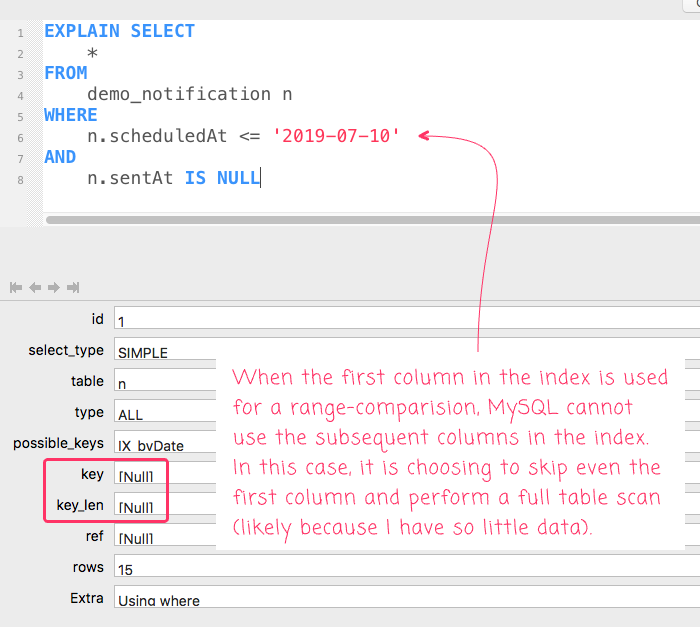

- Date time data type in sqleditor update#
- Date time data type in sqleditor full#
- Date time data type in sqleditor Offline#
Also, these data types only support dates that occur after the introduction of the Gregorian calendar in England in 1753. Both of these data types contain both the date value and a time value, which makes it difficult to work with only date or only time values. Versions of SQL Server earlier than SQL Server 2008 only had two data types for working with date and time values: datetime and smalldatetime. NET Core 1.0 (or later) to use these new features with SqlClient.
Date time data type in sqleditor full#
The Microsoft SqlClient Data Provider for SQL Server ( ) provides full support for all the new features of the SQL Server 2008 Database Engine. The new data types include separate types for date and time, and expanded data types with greater range, precision, and time-zone awareness. In this situation, submit a support ticket.SQL Server 2008 introduces new data types for handling date and time information.
Date time data type in sqleditor update#
If the MAX(timestamp) values are equal to or before Last Data Point Received, it means that the account’s update cycle was affected.If the MAX(timestamp) values are more recent than Last Data Point Received, it means that a subset of the tables were affected, but the overall account’s update cycle is stable.We recommend doing this for three to four important, commonly used tables. Comparing this timestamp to the “Last Data Point” will indicate whether the issue affected the entire account or a subset of the tables. To check for freshness of data from specific tables, we recommend creating a quick SQL report that performs a MAX(timestamp) on the most important table on your account. That timestamp refers to the last point at which your data warehouse successfully received data points from that source, whether it be a database, API, or third-party integration. The latest data point for a particular integration is determined by the Last Data Point Received timestamp located on the right of each integration. Hence, there may be cases when reports have been updated with fresh data, but the “Last successful update began” is still lagging.If any of the synced tables encountered an issue during the last update cycle, this timestamp is not updated.It shows the start timestamp (in the timezone set on your account) of the last successful update cycle on your account. Note that: You may be curious what the “Last successful update began” field is inside your Integrations page: How does Google Analytics UTM attribution work?.Identifying your most valuable marketing sources and channels.Understanding and building basic analytics.Analyzing repeat probability decay and churn.Year-over-year, month-over-month, week-over-week.Recency, frequency, monetary (RFM) analysis.Analyzing Website Activity and Customer Conversion Rates.Analyzing customer repurchasing behavior.Track User Device and Browser Data in your Database.

Track User Acquisition Source Data Overview.Expected Lifetime Value (LTV) Analysis (advanced).Expected Lifetime Value (LTV) Analysis (basic).Increasing ROI on your advertising campaigns.Analyzing coupon impact on acquiring and retaining customers.Connecting MySQL via a direct connection.Connect Your MySQL Database to Magento BI.Expected Google Analytics Warehoused Data.
Date time data type in sqleditor Offline#



 0 kommentar(er)
0 kommentar(er)
